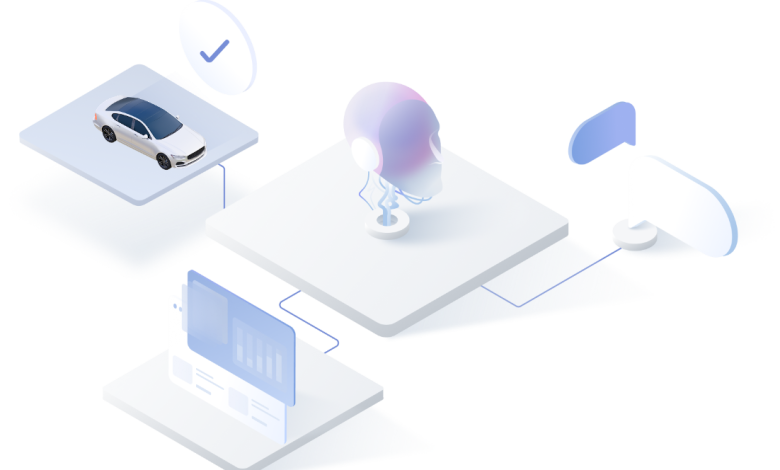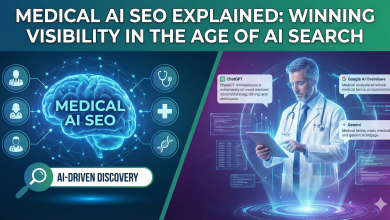
AI adoption is accelerating rapidly. IDC projects global AI spending will reach over $630 billion by 2028, while SAFE and Cybersecurity at MIT Sloan reports a 60% surge in AI-driven phishing schemes and deepfake-enabled fraud in 2024 alone. In a cloud-connected world, the greatest vulnerabilities are no longer confined to flawed code. They emerge from the complex, fast-moving interactions between people, platforms, and partners. Traditional perimeter defenses, designed for static infrastructures, cannot keep pace. Scaling AI securely requires trust to be built into the architecture from the start—before a single line of production code is deployed.
The Governance Gap
According to Deloitte’s report, AI at a Crossroads: Building Trust as the Path to Scale, while business leaders are increasingly investing in AI to drive productivity and automation, fewer than 10% of organizations surveyed have established governance frameworks to manage AI-related risk. This gap highlights a critical disconnect between ambition and preparedness. Without strong oversight, AI initiatives face stalled adoption, increased exposure, and diminished long-term ROI. In short, the absence of trust isn’t just a security concern, it’s a growth inhibitor.
Security is a Shared Responsibility
Today’s AI and cloud-driven environments demand a partnership model between platform providers, customers, and third-party vendors. All parties must agree on transparency, a clear definition of roles when it comes to configuration, monitoring, and governance, as well as adherence to rigorous standards. When responsibilities are clearly defined, each stakeholder can act with confidence and respond quickly to emerging threats. This shared responsibility and approach reduces risk and ensures accountability and trust isn’t just assumed but continually earned.
Making Best Practices the Baseline
Good security hygiene is a necessity. Multi-factor authentication (MFA), continuous audit logging, and role-based access control (RBAC) must become norms and embedded into every AI deployment, not just treated as best practices. As AI solutions increasingly interact with sensitive business data and user inputs, the stakes for misuse, misconfiguration, or unauthorized access grow significantly. Organizations must approach AI implementation with the same rigor applied to core infrastructure, ensuring that access is tightly managed, activity is fully traceable, and security is not retrofitted after deployment but built in from day one.
Beyond technical implementation, security teams should proactively review default settings in AI platforms and enforce consistent policies across all environments. What’s configured during setup often determines long-term risk, and skipping these steps can create blind spots that are hard to close later.
Operationalizing Trust with a “Trust Portal”
One strategy that makes security and risk readiness verifiable is to create a “Trust Portal.” This is a centralized hub that provides stakeholders with real-time access to security certifications (SOC 2, ISO, PCI), threat advisories, compliance updates, and open-source risk assessment tools, all in one place. Industries such as automotive retail are already adopting this approach to securely manage digital transactions, share sensitive documents, and collaborate more effectively with retailers, Original Equipment Manufacturers (OEMs), and third-party partners. By consolidating security and compliance information, a Trust Portal offers transparency without introducing friction or delays. It reinforces business continuity, builds partner and stakeholder confidence, and reassures customers that their data remains protected at every step.
Integrated Security Wins
Cloud-native platforms that are integrated by design reduce complexity and shrink the attack surface, unlike fragmented tech stacks, which often rely on a patchwork of disconnected security layers. When security is built into the foundation of the platform – not bolted on through third-party tools or afterthought configurations – it ensures consistent enforcement of policies, faster threat detection, and easier management. Fragmented environments often create gaps in visibility control, increasing the risk of misconfigurations and delayed responses to vulnerabilities, especially as AI-driven workflows span multiple systems.
Defending the Human Layer
While it’s tempting to focus solely on code vulnerabilities, humans remain the most frequent, and most exploited, attack vector in modern organizations. Phishing campaigns continue to succeed, particularly among finance, marketing, and operations teams. A single accidental click, or weak password can become a gateway to sensitive data. As systems become more connected, humans remain both the first line of defense, and the most unpredictable variable.
Reducing this risk requires more than annual training; it demands continuous security education embedded into onboarding, reinforced through phishing simulations, and supported by real-time behavioral alerts. In AI-enabled environments, where automation can accelerate the impact of a breach, human-layer defense is no longer optional, it’s foundational.
Staying Ahead of Regulations
As AI regulations rapidly evolve – from the EU AI Act and ISO/IEC 42001 to the NIST AI Risk Management Framework (RMF)NIST AI Risk Management Framework (RMF)NIST AI Risk Management Framework (RMF)NIST AI Risk Management Framework (RMF) and state-level legislation in the U.S., organizations will face increasing expectations around transparency, accountability, and responsible AI deployment. These frameworks emphasize proactive risk identification, documentation, and explainability across the AI lifecycle. Compliance won’t be optional and attempting to overlay trust after systems are in production can lead to costly rework and regulatory exposure. Businesses that embed governance, data controls, and ethical guardrails into their AI systems from day one will be best positioned to scale with confidence and stay ahead of both enforcement and consumer expectations.
Trust First. Scale Second.
AI offers real productivity gains and competitive advantages, but only when it’s deployed in ways that are secure, compliant, and trusted. Scaling AI in a cloud environment requires more than encryption and firewalls; it demands a trust architecture that is transparent, collaborative and built into the foundation of every system. Organizations that treat trust as a core design principle, not an afterthought, will be better positioned to manage risk, meet regulatory expectations, and inspire user confidence. In doing so, they won’t just protect themselves, they’ll lead the market.




